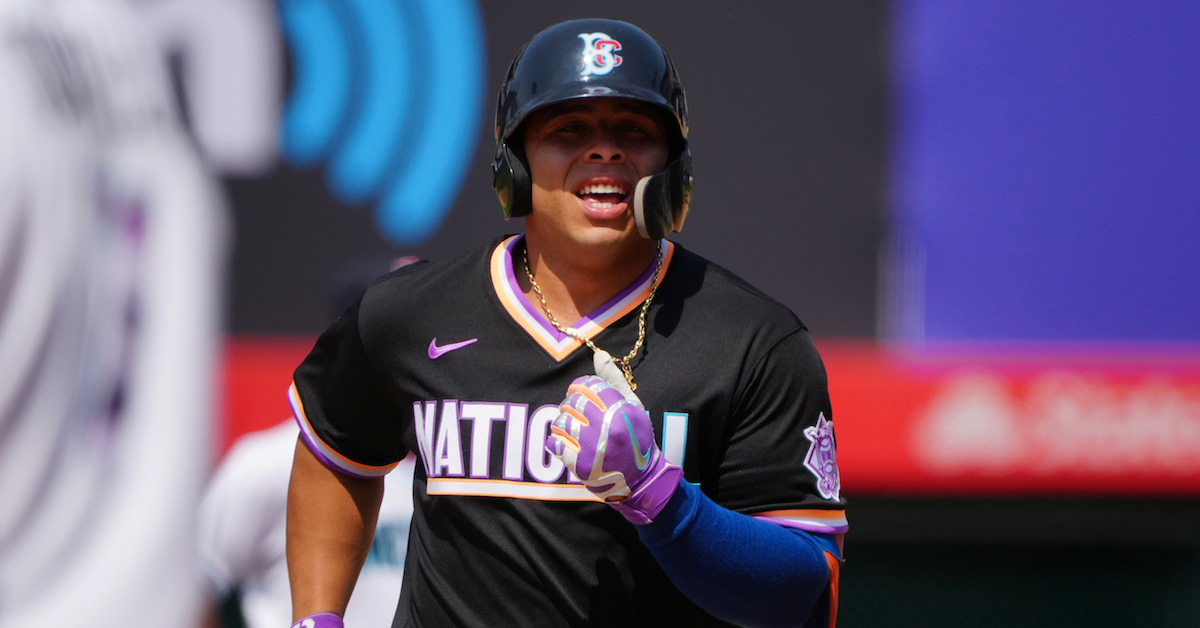Updated 2022 Draft Rankings Are Now On The Board

Updated 2022 Draft Rankings are now available on The Board. I have 125 players ranked right now, with a few names to know below them, and I may add a few more over the course of the next couple of days (if you see weird ages or tool grades or what have you, it’s because I’m pecking away behind the scenes).
A couple of things to keep in mind as you peruse the updated rankings. Scouting reports on each player can be viewed by clicking the clipboard. Each player with a 50 FV grade or above has also been given an approximate Top 100 ranking, which is within a couple spots of where they’ll rank once the draft class migrates to the pro side of The Board.
A reminder as you look at the draft prospects’ tool grades that I standardize present hit and game power evaluations. Teenage hitters either have a 20 or 25 present hit tool grade, where 25 is meant to indicate that they are advanced, and a 20 is meant to indicate that this skill is either neutral or raw. This extends to college-aged hitters, except with 30 and 35. I don’t think you can watch a high school hitter and have a real idea of how he’d hit if he were dropped in the big leagues tomorrow; consider this tact to be more informative. You can sort The Board by present and future grades to see which individuals I think will separate themselves down the line. I take this approach on the pro side of The Board and only put present hit tool and game power grades on hitters who’ve reached Double-A (this helps with sorting since players near the big leagues float to the top when you sort by a present grade), but that doesn’t apply to anyone in the draft.
I’ve begun to take a similar approach with defense. Present 40 grades indicate up-the-middle defensive projection (players I think can be special defenders will get a 45), corner projections will be in the 30s, and players where there’s risk that their defense bottoms out entirely will have a present 20. Again, sorting by the future grade will show where the real gaps in projection are. Also, the draft is the realm where the physical attributes tab is a much more important part of the player assessment.
I’ll have a mock draft up this weekend, then will live chat during the draft here at the site, where I’ll be Woj’ing picks as usual.








